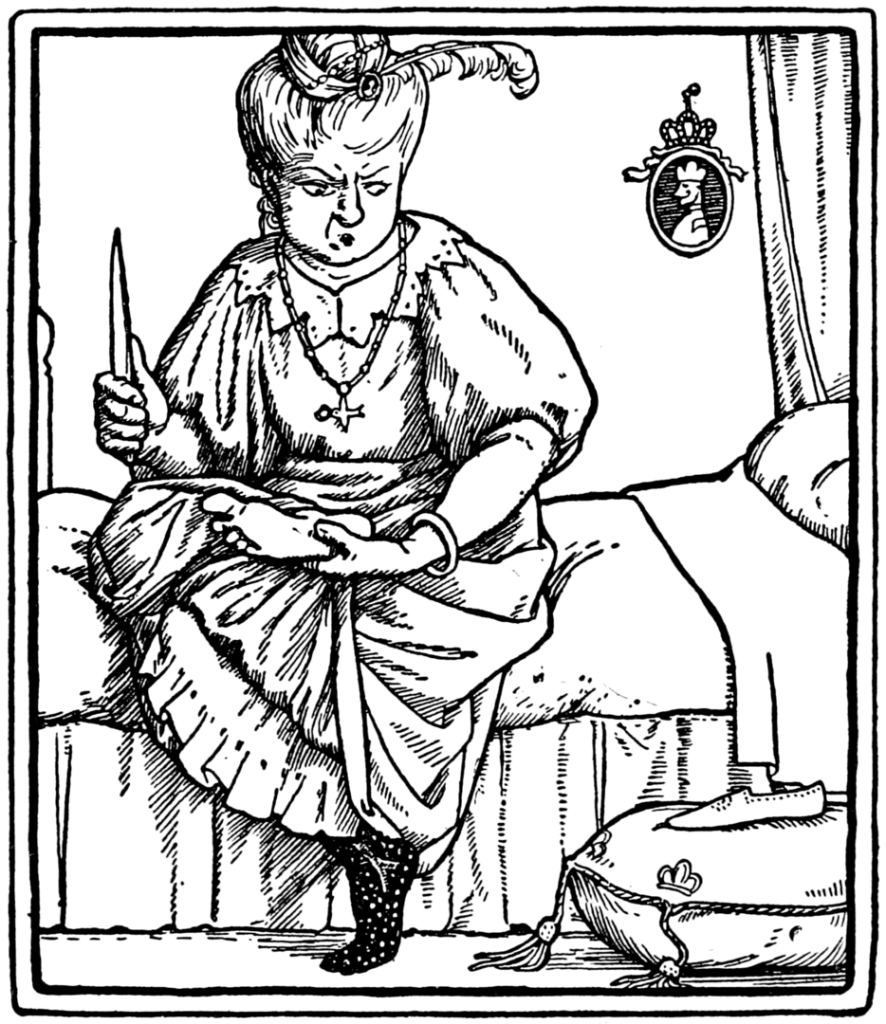Creating the La Llorona Look

As shown in my previous blog post - researching about how La Llorona looks and has been depicted - La Llorona is most often shown as a ghostly woman in encounter stories. Though her depiction in La Llorona (2019) shows her as a standard woman wearing a long white dress, nearly all other cinematic depictions of her show her as a ghost. For our film, we're going to show her in "standard" ghostly form. We are creating the first two minutes of the film, and as such time is not on our side. Unfortunately, this time constraint forces us to introduce the characters such as La Llorona quicker than we'd otherwise need to. La Llorona (2019) did not need to present Alma's powers or identity as La Llorona immediately like we do because they had the luxury of time - a full-length film. If we don't introduce her definitively as a ghost within this introduction we will leave viewers lost and confused. After our first group meeting, I met with Abby to discuss...







